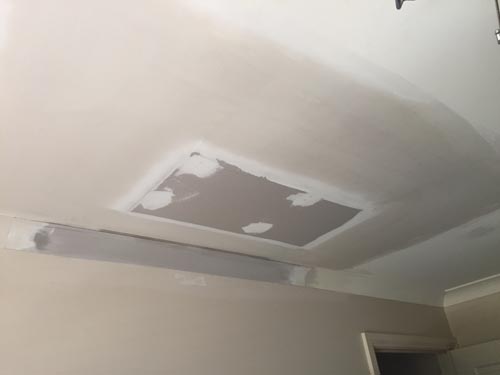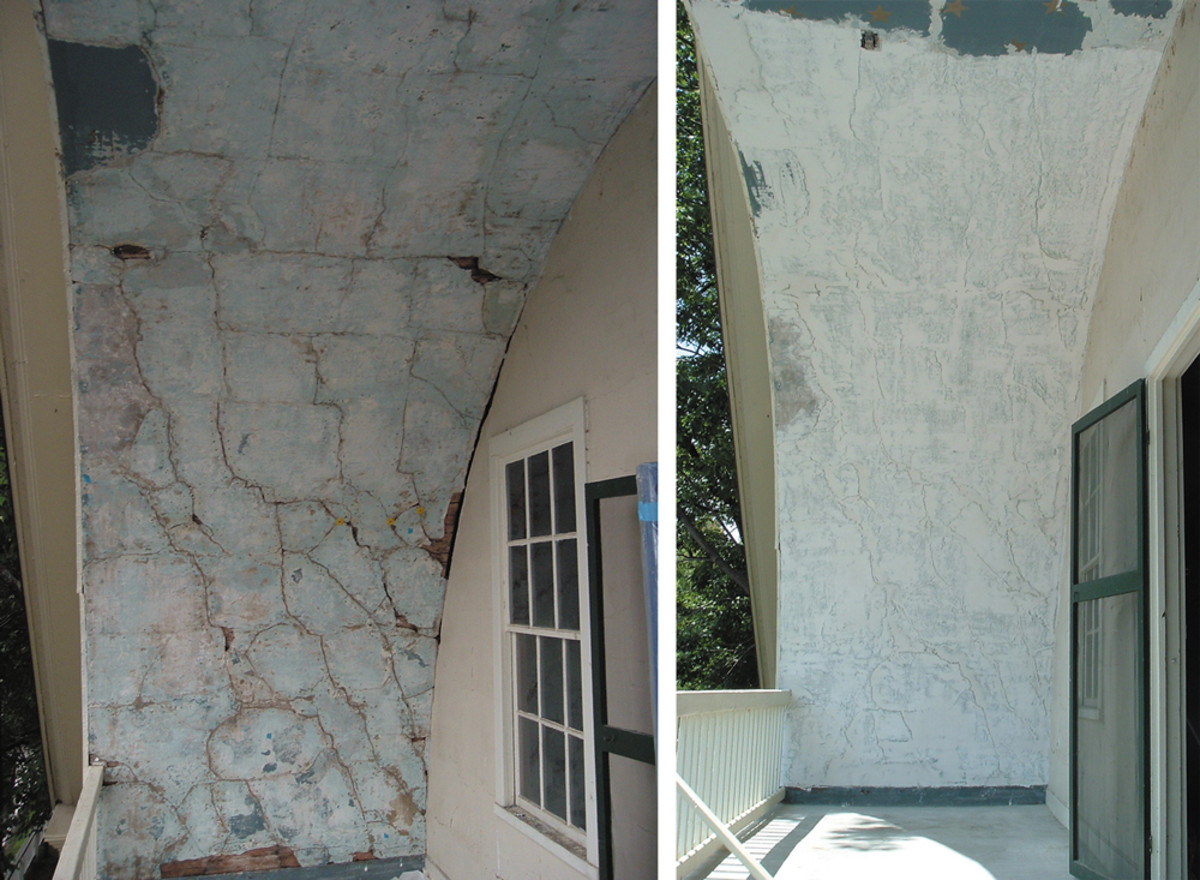
The main causes of this type of damage are household accidents, rodents, and the removal of obsolete fixtures. Repairing small holes in a wall averages $50 to $300. Be sure to prime the area first and then apply two coats of paint, allowing each coat to dry completely before applying the next.Find hiring guides, material costs, expert advice, how-to's and more.

Sand Smooth: Once the compound has dried, you can sand the area to smooth out any rough spots or unevenness.
#PLASTER WALL REPAIR AFTER FLOOD CRACK#

Use a wet sponge to smooth out the surface and remove any excess compound. Fill in any gaps or holes and spread the compound in at different angles. Smooth the Repair: Smooth things out as much as possible to eliminate sanding.Apply the compound to the crack using a putty knife or trowel. If you have sanded texture to your plaster you can add sand to the joint compound or use Patching Plaster which is a ready to mix powder that has sand in it already you just have to add water. Use a premixed joint compound for small cracks or something like Patching Plaster for larger cracks. Fill the Crack: Once you have removed all the loose plaster, you can begin filling the crack.Clean the Area: Wipe the area with a damp cloth to remove any remaining dust or dirt.A putty knife or scraper works best for this.
#PLASTER WALL REPAIR AFTER FLOOD PATCH#


Plaster walls are actually far superior to drywall in a lot of ways like sound dampening, insulation, strength, and even filter carbon dioxide from the air! That doesn’t mean they are inferior to drywall. Historic lime and gypsum plasters are naturally brittle so they require different care than modern drywall. You can fix plaster cracks of any kind, but it’s important to know if your repair is going to be merely cosmetic or you have some bigger issues to address. In this post I’ll help you diagnosis plaster cracks and know when it’s time to do some serious work or just learn to be at peace with things. So, how do you know which cracks are which and when you need to take action? Some of those cracks are a sign of trouble brewing while others are completely innocuous. Old houses get cracks in their plaster walls and ceilings there is just no denying it.


 0 kommentar(er)
0 kommentar(er)
